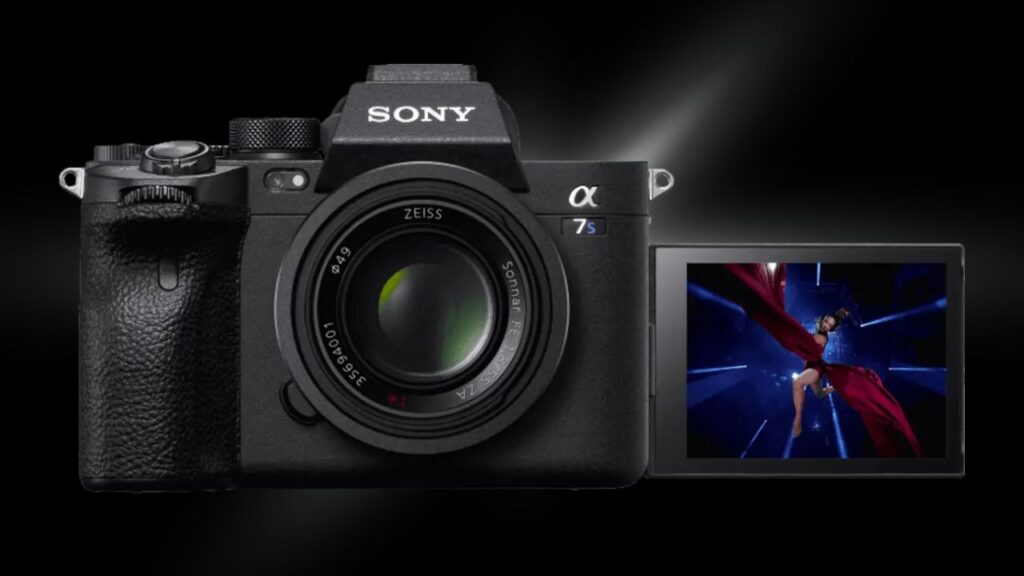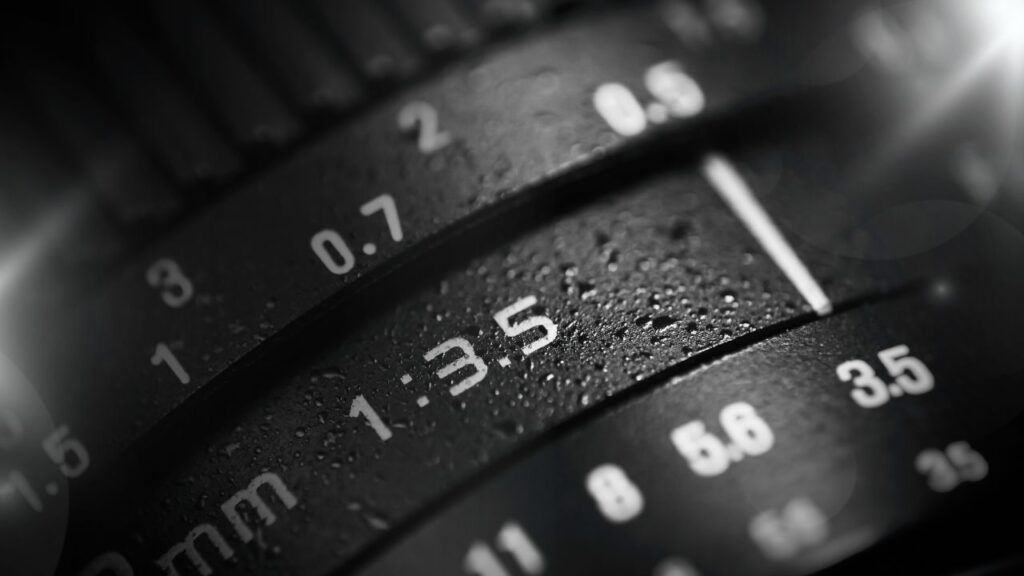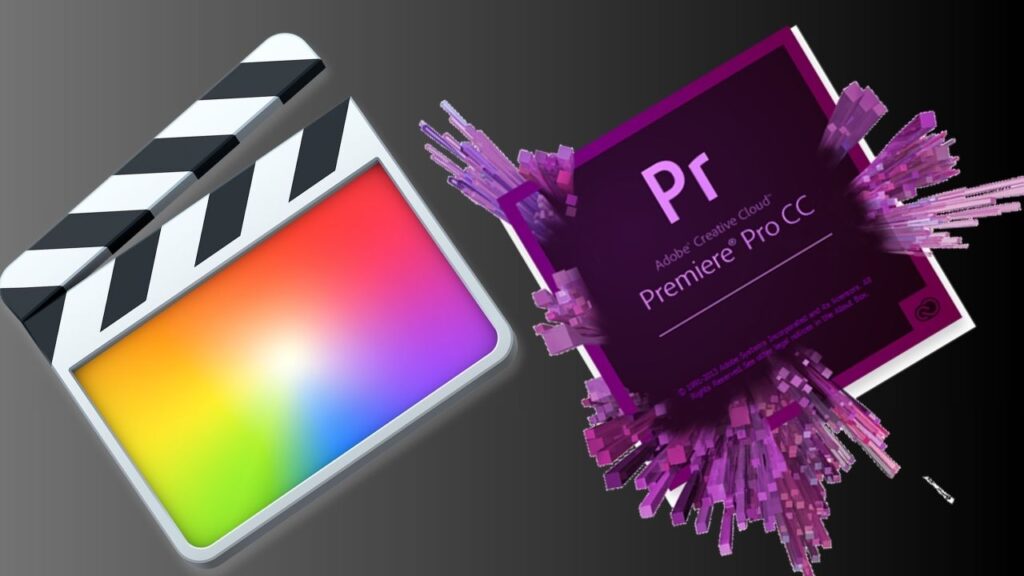Introduction
The Sony A7S III has quickly gained a reputation as one of the most sought-after cameras for indie filmmakers. Its stellar performance in low-light settings, stunning 4K video recording, and advanced features make it a serious contender for the title of the best camera for indie filmmaking. But is it worth the investment? Let’s dive deep into the features, pros, cons, and why it might be your next filmmaking powerhouse.
Key Features of the Sony A7S III
- 4K Video Recording at 120fps: Achieve smooth, cinematic slow-motion footage without compromising quality.
- 12.1MP Full-Frame Sensor: Optimized for exceptional low-light performance and dynamic range.
- Advanced Autofocus System: 759 phase-detection points for fast and precise focus.
- Dual ISO Sensitivity: Capture clean images in challenging lighting conditions.
- 10-Bit 4:2:2 Color Sampling: Unlock professional-grade color grading and post-production flexibility.
- 5-Axis In-Body Stabilization: Ensure steady handheld shots without external rigs.
- Dual Card Slots: Support for CFexpress Type A and SD cards for efficient workflow management.
Pros and Cons of the Sony A7S III
Pros:
- Outstanding low-light performance, perfect for night shoots.
- Smooth 4K/120fps recording for cinematic-quality visuals.
- User-friendly menu system designed with filmmakers in mind.
- Highly reliable autofocus, even during fast-paced scenes.
- Compact and lightweight, ideal for on-the-go indie filmmakers.
Cons:
- Limited to 12.1MP resolution, not suitable for high-resolution photography.
- Expensive compared to other full-frame cameras.
- No 8K recording, which may disappoint some future-proofing filmmakers.
Why the Sony A7S III is Perfect for Indie Filmmakers
Indie filmmakers often face challenges such as low-budget productions, minimal crew, and unpredictable lighting conditions. The Sony A7S III tackles these issues head-on with its unbeatable low-light capabilities, compact form factor, and high-quality 4K video output. Whether you’re shooting a short film, a documentary, or even YouTube content, this camera delivers professional results without the need for excessive post-production adjustments.
How Does It Compare to Competitors?
Sony A7S III vs. Canon EOS R5:
While the Canon EOS R5 offers 8K recording, it lacks the low-light performance and heat management of the Sony A7S III. For long-duration shoots and nighttime scenes, the A7S III is the superior choice.
Sony A7S III vs. Panasonic GH6:
The Panasonic GH6 is a great budget-friendly alternative, but its smaller Micro Four Thirds sensor can’t match the full-frame quality and dynamic range of the A7S III.
Who Should Buy the Sony A7S III?
- Indie Filmmakers: Its portability, ease of use, and professional-grade features make it ideal for independent productions.
- Content Creators: Perfect for vloggers and YouTubers who prioritize high-quality video.
- Wedding Videographers: The incredible low-light performance is perfect for capturing those dimly lit receptions.
Final Verdict
The Sony A7S III is a dream camera for indie filmmakers. While it comes with a hefty price tag, the investment pays off with unparalleled low-light capabilities, 4K/120fps recording, and an intuitive user experience. If cinematic visuals and professional-quality video are your goals, this camera deserves a place in your gear arsenal.
Get Your Sony A7S III Today!
Ready to elevate your filmmaking game? The Sony A7S III is waiting to bring your creative vision to life. Don’t miss out—order now and unlock the full potential of your craft!



